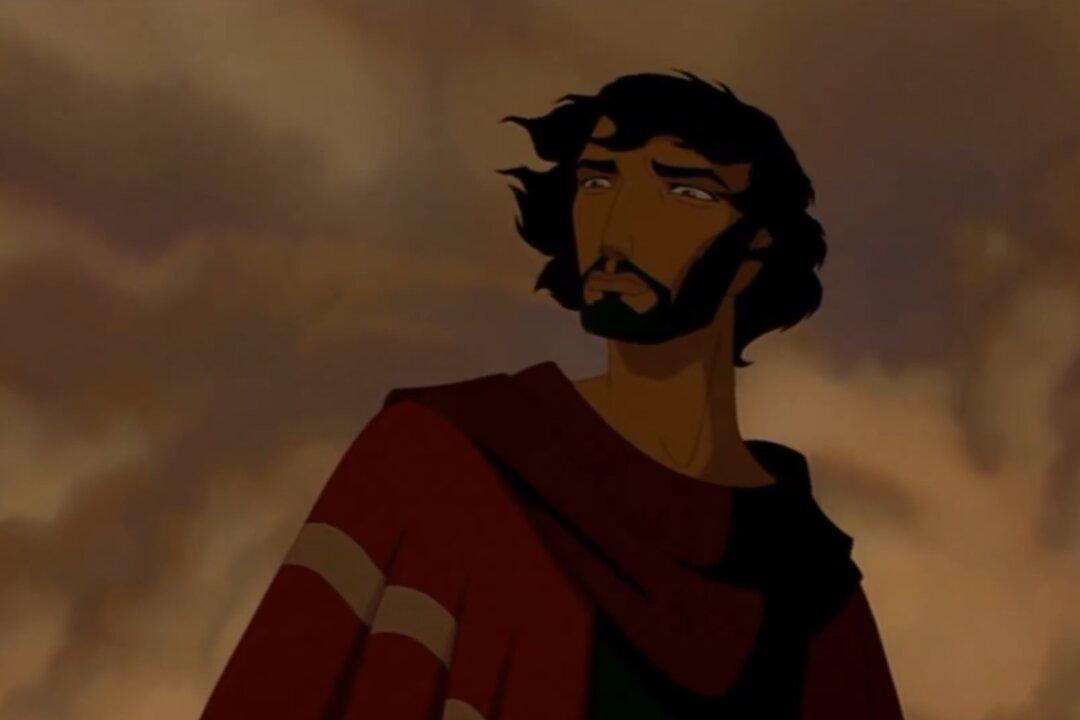PG | 1 h 39 min | Animation, Family, Drama | 1998
With an impressive cast of voices, this animated retelling of the Bible’s Book of Exodus articulates an idea of freedom founded on embracing truth.

PG | 1 h 39 min | Animation, Family, Drama | 1998
With an impressive cast of voices, this animated retelling of the Bible’s Book of Exodus articulates an idea of freedom founded on embracing truth.